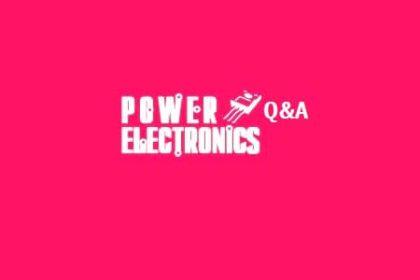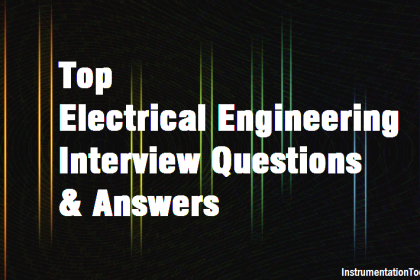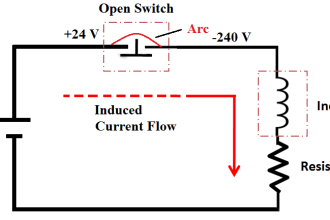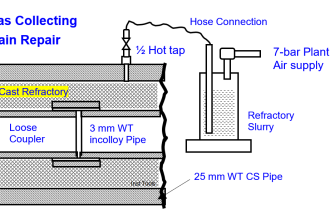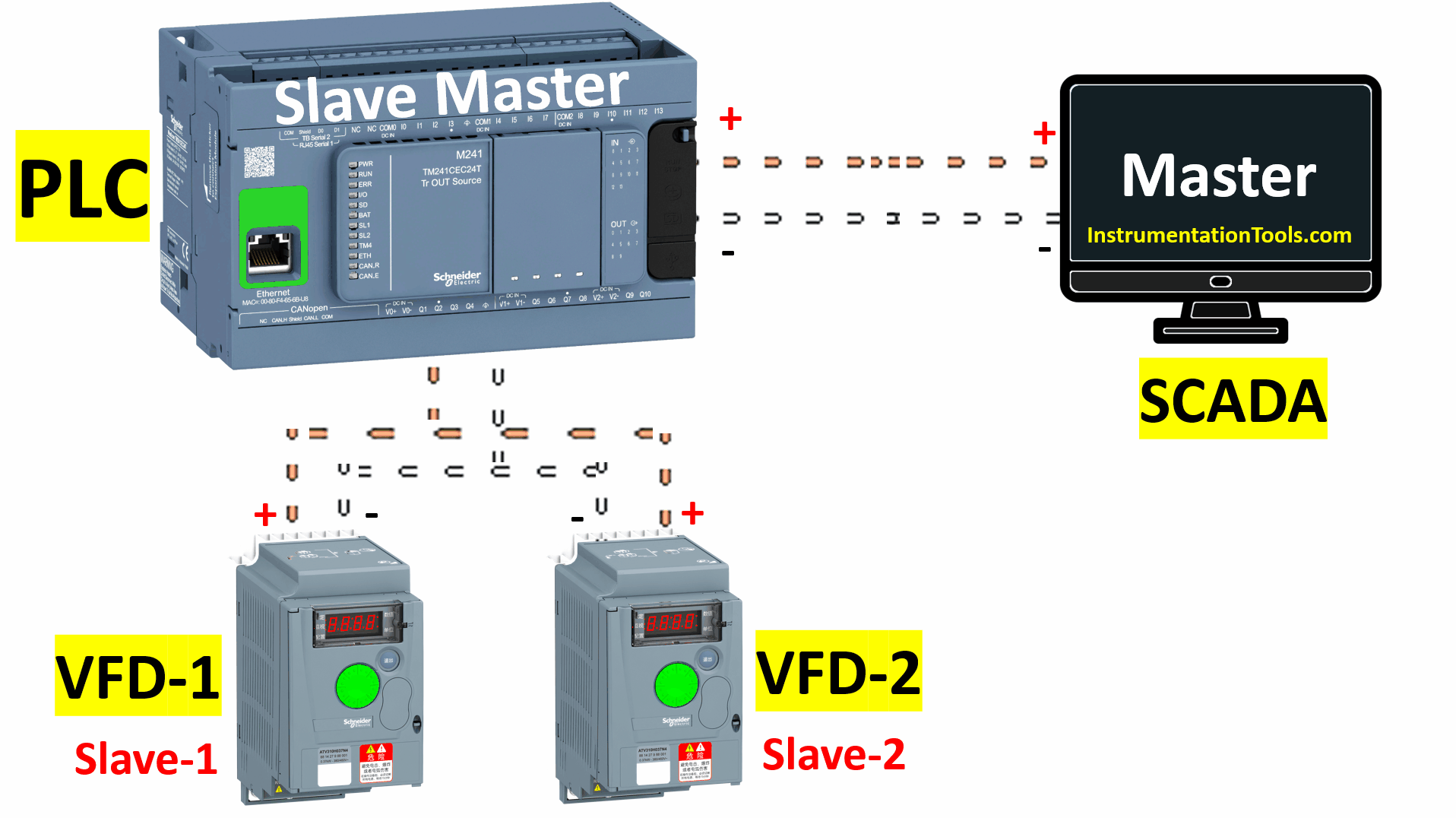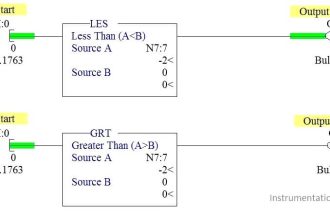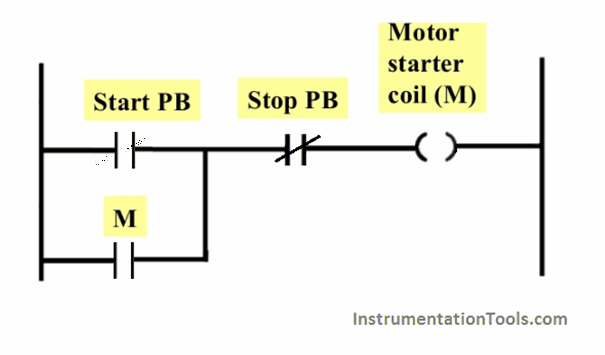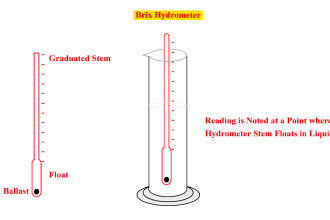What is meant by V/F control?
When the frequency is reduced, the input voltage must be reduced proportionally so as to maintain constant flux. Otherwise the core will get saturated resulting in excessive iron loss and magnetizing current. This type of induction motor behaviour is similar to the working of dc series motors.
What are the advantages of V/F control?
1. Smooth speed control
2. Small input current and improved power factor at low-frequency start
3. Higher starting torque for low case resistance
What is meant by stator current control?
The three-phase induction motor speed can be controlled by stator current control. The stator current can be varied by using current source inverter.
What is meant by regenerative braking?
Regenerative braking occurs when the motor speed exceeds the synchronous speed. In this case, the induction motor would run as the induction machine is converting the mechanical power into electrical power, which is delivered back to the electrical system. This method of braking is known as regenerative braking.
What is meant by dynamic braking?
Dynamic braking of electric motors occurs when the energy stored in the rotating mass is dissipated in an electrical resistance. This requires the motor to operate as a generator to convert this stored energy into electrical.
What is meant by plugging?
It is one method of braking of induction motor. When phase sequence of supply of the motor running at a speed is reversed, by interchanging connections of any two phases of stator with respect to supply terminals, operations shifts from motoring to plugging region.
What is meant by rotor resistance control?
In a slip ring induction motor, a variable resistances are connected in the rotor circuit. By controlling the rotor resistance, the motor speed can be controlled as well as increase the starting torque and reduce the starting current. This method of speed control is called rotor resistance control method.
What are the advantages and disadvantages of rotor resistance control?
Advantages
- Absence of in-rush starting current
- Availability of full rated torque at starting
- High line power factor
- Absence of line current harmonics
- Smooth and wide range of speed control
Disadvantages
- Reduced efficiency because of the slip energy is wasted in the rotor circuit resistance
- Speed changes very widely with load variation
- Unbalance in voltages and current of rotor circuit resistances are not equal.
What is meant by slip power?
The portion of air gap power, which is not converted into mechanical power, is called slip power.
Slip power is nothing but multiplication of slip(s) and airgap power (Pag)
Slip power = s. Pag
What are the advantages of slip power recovery system?
In chopper method of speed control for SRM, the slip power is wasted in the external resistance and the efficiency also reduced. However, instead of wasting the slip power can be recovered by various schemes for the speed control of slip ring induction motor. This system is called as slip power recovery system. The slip power can be recovered and fed back to the supply. So the overall efficiency also improved.
Name some of the various methods of traction motor control?
- Rheostatic control
- Thyristor control
- Metadyne control
- Buck and boost method
- Series parallel control
- Field control
What are the basic requirements of a braking system?
- The basic requirements of a braking system is given below
- Easy to use for driver to operate
- It should be inexhaustible.
- The maintenance should be a minimum
- It should be simple, quick, robust and reliable in action
- Kinetic energy of the train be storage during braking which could be used subsequently during acceleration of the train.
What are the various methods of applying electric traction?
There are three methods of applying electric braking. They are
- Plugging or reverse current braking
- Rheostatic braking
- Regenerative braking
Give some of advanced methods of speed control of traction motors
- Tap changer control
- Thyristor control
- Chopper control
- Microprocessor control
What are the advantages of microprocessor based control of traction motors?
- High speed of response
- High accuracy
- Over voltage and over speed protection
- Electronic interlocking
- Less sensitive to temperature variations and drift
- Numbers of components used are less
Define dead weight and adhesive weight
Dead weight
The total weight of locomotive and train to be pulled by the locomotive is known as dead weight
Adhesive weight
The total weight to be carried on the driving wheels is known as the adhesive weight.
What is tractive effect?
The effective force necessary to propel the train at the wheels of the locomotive to which the motor is geared is called the tractive effect. It is measured in newtons and is tangential to the driving wheels.
Total tractive effort required to run a train on tract = Tractive effort to produce acceleration + Tractive effort to overcome effort of gravity + Tractive effort to overcome train resistance
Define electric drives?
Systems employed for motion control are called as drives and drives employ any of the prime movers such as diesel or petrol engines, gas or steam turbines, hydraulic motors and electric motors for supplying mathematical energy for motion control. Drives employing electric motion is called as electrical drives.
What are the various parts of electrical drives?
- Electrical motors and load
- Power Modulator
- Sources
- Control Unit
- Sensing unit
What are various advantages of electrical drives?
- They are having flexible control characteristics. The study state and dynamic characteristics of electrical drives can be shaped to satisfy load requirements.
- Drives can be provided with automatic fault detection systems. PLCs and computers can be employed to automatically control the drive operations in a desired sequence.
- Drives are available in wide range of speed, power and torque.
- Control gear required for speed control, starting and braking is usually simple and easy to operate.
- It can operate in all the four quadrants of speed – torque plane. Electric braking gives smooth deceleration and increases life of the equipment compared to other forms of braking.
What is meant by Electrical Drives?
Answer: Systems employed for motion control are called as “Drives” and many employ any of the prime movers such as, diesel or petrol engines, gas or steam turbines, hydraulic motors and electric motors for supplying mechanical energy for motion control. Drives employing electric motors are known as ” electric drives”.
What are the different factors for the selection of electrical drives?
Steady state operation requirements
Transient operation requirements
Requirements related to the source
Capital and running cost, maintenance needs, life
Space and weight restrictions
Environment and location
Reliability
What are the parts of electrical drives?
Electrical motors and load
Power Modulator
Sources
Control Unit
Sensing unit
What are modes of operation of electrical drives?
Steady state
Acceleration including starting
Deceleration including stopping
What is meant by four quadrant operation?
A motor operate in two modes-motoring and braking. In motoring, it converts electrical energy into mechanical energy, which supports its motion. In braking, it works as a generator converting mechanical energy into electrical energy, and thus, opposes the motion. Motor can provide motoring and braking operations for both forward and reverse directions.
What is meant by regenerative braking?
Regenerative braking occurs when the motor speed exceeds the synchronous speed. In this case, the induction motor would run as the induction generator is converting the mechanical power into electrical power, which is delivered back to the electrical system. This method of braking is known as regenerative braking.
What is the function of the free wheeling diode in a phase controlled rectifier?
To improve input power factor
To make the load current continuous
What is meant by chopper?
Chopper converts fixed dc voltage into variable dc voltage
What is brushless DC motor?
An inverter fed trapezoidal permanent magnet AC motor drive operating in self-controlled mode is called brushless dc motor.
What is a PMSM?
PMSM = Permanent Magnet Synchronous Motor. In medium and small size synchronous motors dc field can be produced by permanent magnets.
Classification of PMSM?
According to construction
1. Surface mounted PMSM
2. Interior mounted PMSM
According to the nature of voltage induced
1. Sinusoidally excited
2. Trapezoidally excited
What is the basic principle of an electric generator?
A basic principle of an electric generator is based on Faraday’s law of electromagnetic induction. ie, whenever a conductor is moved in the magnetic field, dynamically induced emf is produced in the conductor.
What is the purpose of yoke in a dc machine?
It acts as a protected cover for the whole machine and provides mechanical support for poles. It carries the magnetic flux produced by the poles. The flux per pole divides at the yoke, so that the yoke carries only half the flux produced by each pole.
What is the purpose of interpoles in modern dc machine?
In modern dc machines, commutating poles or interpoles are provided to improve the commutation process.
Why the armature poles are made of laminations?
Because to reduce the eddy current losses.
What are the different types of DC generator?
Separately excited dc generator
Self excited dc generator
– Series generator
– Shunt generator
– Compound generator
1. Long shunt compound
2. Short shunt compound
Define armature reaction
The term armature reaction means the effect of the mmf set up by the armature current on the distribution of mmf under main poles of a dc machine.
What are the main effects of armature reaction?
Due to armature reaction:
(1) The main field flux gets weakened or gets demagnetized. This effect is called Demagnetization effect.
(2) The main field flux gets distorted. This effect is called Cross-magnetization effect.
We believe that these Power Electronics Basic Interview Questions will help for your interview preparation… Please leave your comments below…



